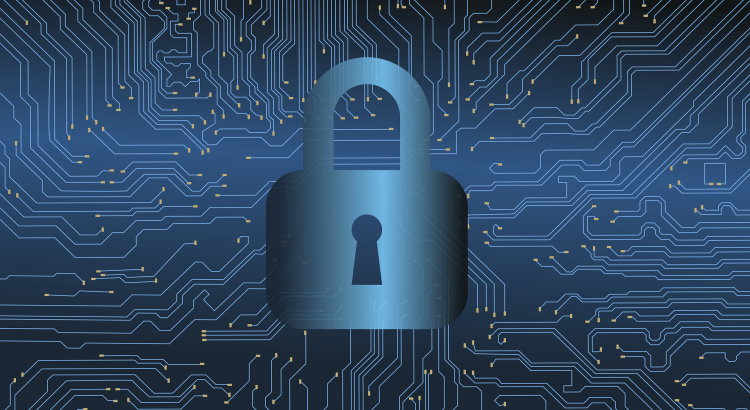Cybersecurity is one of the leading issues in business tech. When the system is breached, your company can lose critical data and even face a total shutdown. Luckily, new technologies are emerging to provide better security against evolving cyber threats. We explore below some of the best measures you can take to ward off cybercriminals.
1. Data encryption
Data encryption is the process of disguising sensitive information as “ciphertext,” making it unreadable and useless to an unauthorized person. It maintains the confidentiality of customer information, employee files, and financial records in case they fall in the wrong hands.
To unlock the encrypted data, you need to use the secret decryption key which is typically a series of numbers created with algorithms. It unscrambles the ciphertext and makes it readable. Each key is random and unique to ensure maximum protection.
Confidential information that is leaked, shared, or stolen can pose serious consequences. Encryption protects your company from data theft and saves you from legal trouble. Thankfully, almost all operating systems nowadays feature full-disk encryption for all kinds of devices.
2. Backup and recovery
Data backup, also called operational recovery, involves creating and storing duplicates of relevant information in case of data loss. It’s an essential part of disaster recovery that allows businesses to retrieve data that has not been affected by corruption or malicious attacks.
Backup copies should be stored in a separate system or medium to protect against primary data loss. Alternate mediums include external drive or USB sticks, disk storage systems, cloud storage containers, or tape drives.
Get in the habit of backing up your files on a weekly basis or whenever you acquire new and important data. Remember, physical mediums malfunction over time. Make sure you check the condition of your disks and hard drives at least once every month.
3. Up-to-date software
Outdated applications are more vulnerable to threats designed to steal data, invade networks, and cause major downtime on operations.
A company-wide, bi-weekly check on installed software can identify suspicious user activity or system errors indicative of potential threats. Regular inspections allow you to troubleshoot missing protective patches and vulnerable areas before they escalate into bigger issues.
Be alert for updates when purchasing and installing new software. As much as possible, do not postpone operating system upgrades as they often introduce new or improved security features.
4. Firewalls and anti-malware
According to a study from the University of Maryland, a hacker attack occurs every 39 seconds on average, affecting one in three Americans per year.
Firewalls and anti-malware software are two of the best weapons against viruses and attacks. Anti-malware tools identify and isolate viruses. They also provide quick scans of removable devices and incoming network data.
Firewalls, on the other hand, block hackers and other forms of malware from entering your database. Installing a firewall system on every networked device prevents employees from browsing inappropriate websites or engaging in suspicious activity. For best results, use of these tools should also be applied to remote employees.
Cyber attacks happen anytime and from anywhere. They can disrupt operations and even permanently damage your relationships with partners and clients. Following preventive actions can go a long way in saving your business from a digital catastrophe.
